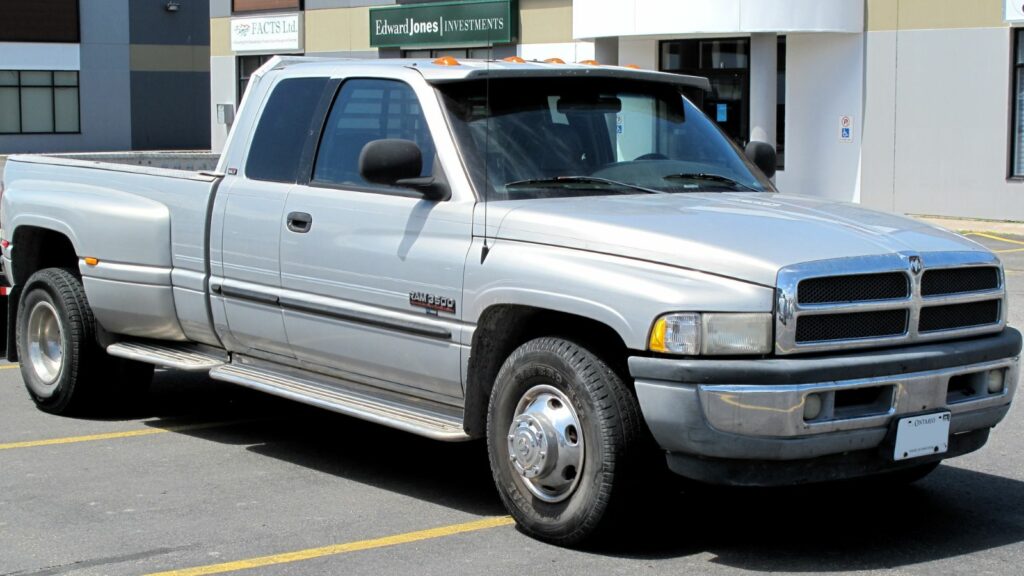Pickup trucks are meant to be tough, dependable machines that take on hard work without breaking a sweat. Over the decades, they have become symbols of strength and capability, representing a lifestyle as much as a vehicle choice. But not every truck has lived up to that reputation. Some were built with poor engineering, some were marketed in ways that made little sense, and others simply failed to deliver what buyers wanted. These are the trucks that left owners frustrated and gave the industry a few cautionary tales. Here are ten of the worst trucks of all time and why they earned that title.
Ford Explorer Sport Trac (2001 to 2005)
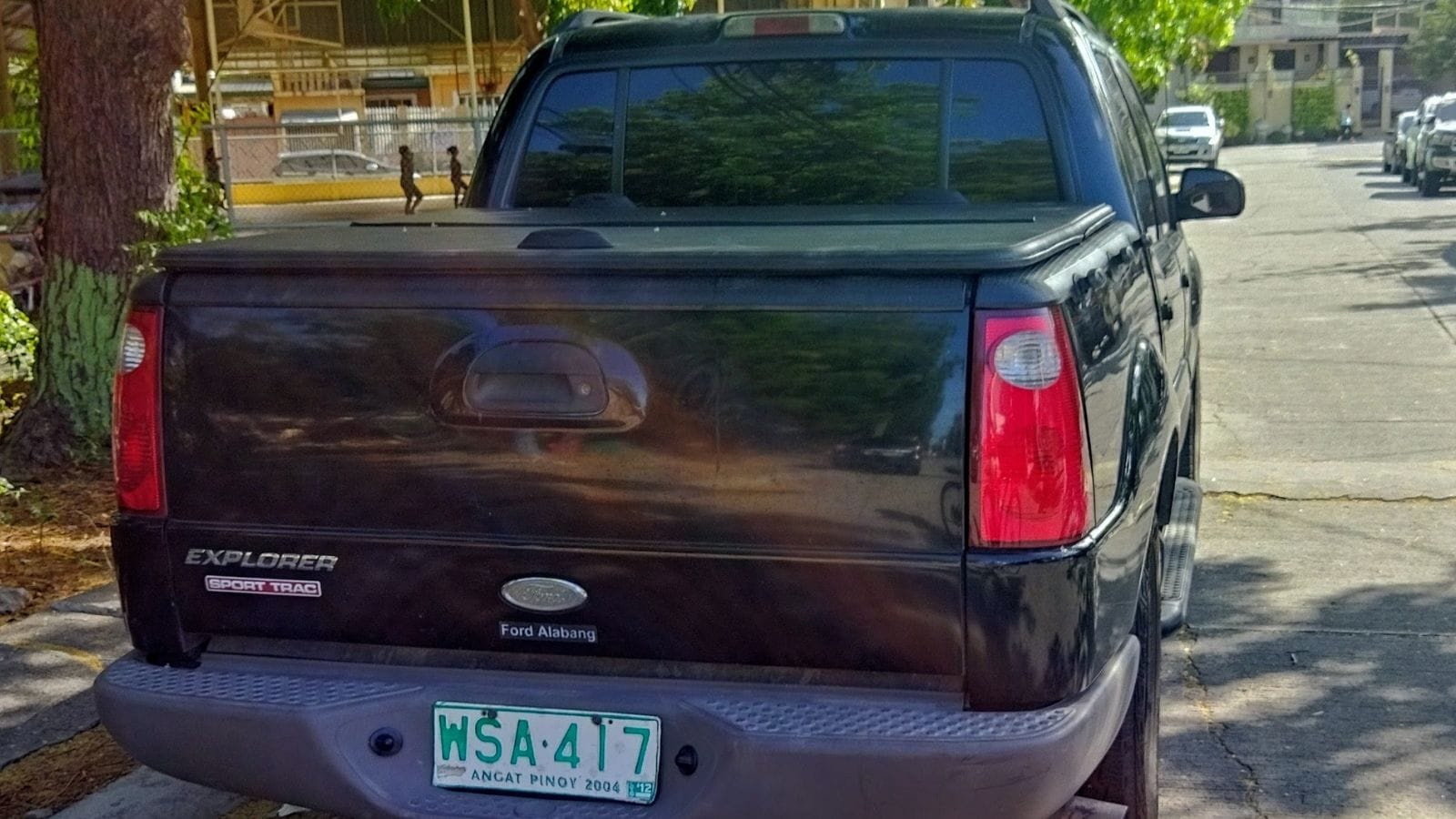
The Explorer Sport Trac was an attempt to blend the popular Ford Explorer SUV with the utility of a pickup. On paper, it looked like a clever solution for families who wanted the comfort of an SUV and the flexibility of a truck. In reality, it was a compromise that pleased almost no one. The bed was far too short for serious hauling and the ride quality was clumsy compared to both proper trucks and SUVs. Reliability was also questionable, with owners reporting electrical gremlins, transmission problems, and premature rust. While it filled a niche, it never found a loyal customer base and is remembered as one of Ford’s least effective experiments.
Chevrolet Avalanche (2002 to 2006 first generation)

The Avalanche was marketed as the ultimate do it all truck. Its midgate design allowed the bed to extend into the cab, which sounded brilliant at the time. Unfortunately, the execution left a lot to be desired. The first generation was covered in plastic body cladding that quickly faded and gave the truck a cheap appearance. Owners complained about poor fuel economy, frequent electrical problems, and build quality that felt below the standard of Chevy’s other trucks. Starting at more than thirty thousand dollars new, it was expensive for what it offered, and many buyers felt let down. Later versions improved somewhat, but the damage to its reputation was already done.
Dodge Dakota (1997 to 2004 second generation)
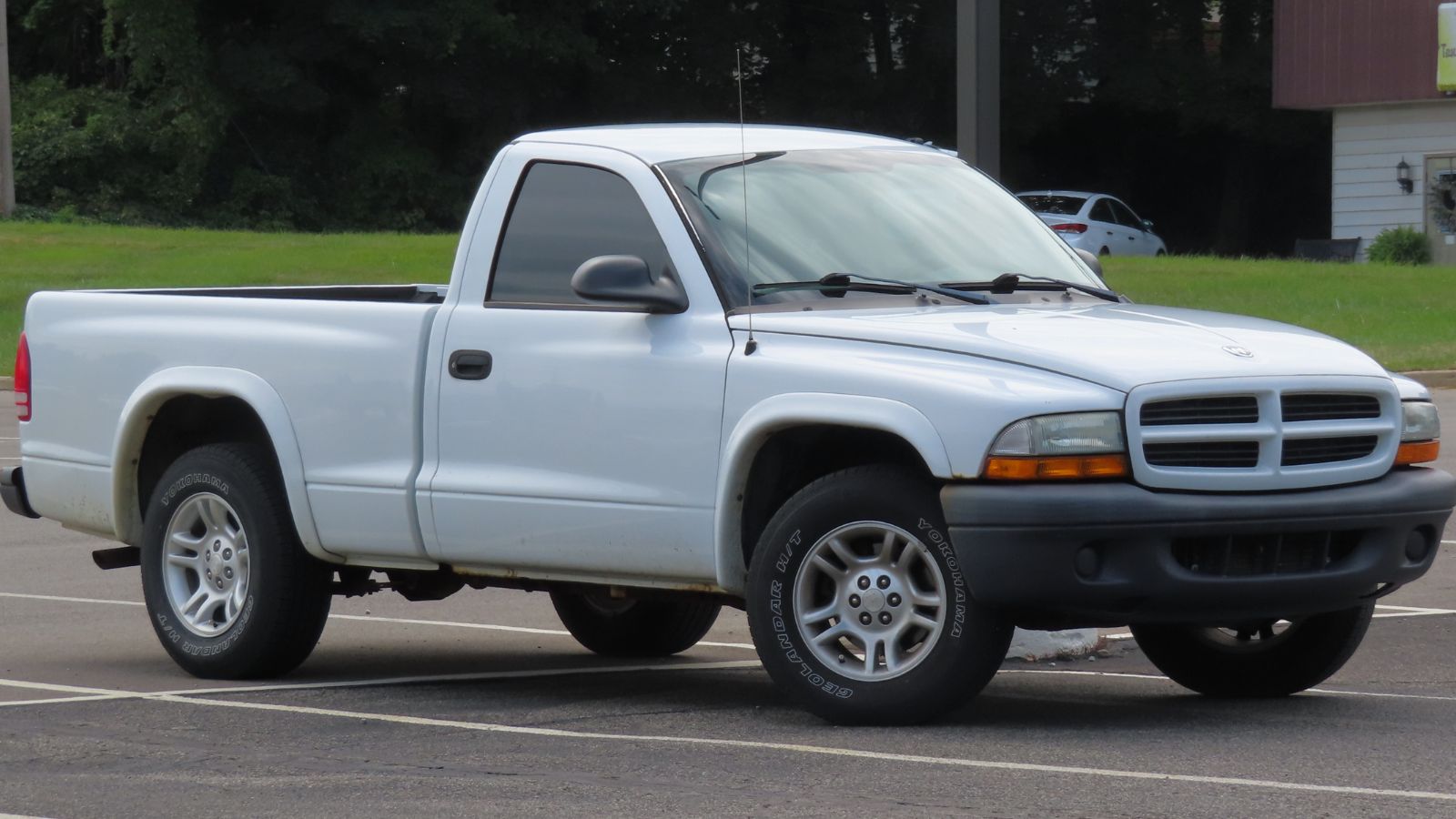
The Dodge Dakota once held a sweet spot between compact pickups and full size trucks, but the second generation lost its way. The styling was uninspired and while engine options were varied, the trucks were plagued by weak transmissions and premature suspension failures. Rust was also a common complaint, especially in northern climates. Starting prices were appealing when new, but owners quickly learned that keeping a Dakota on the road could be costly. What could have been the perfect midsize solution became a money pit for too many buyers.
Lincoln Blackwood (2002)
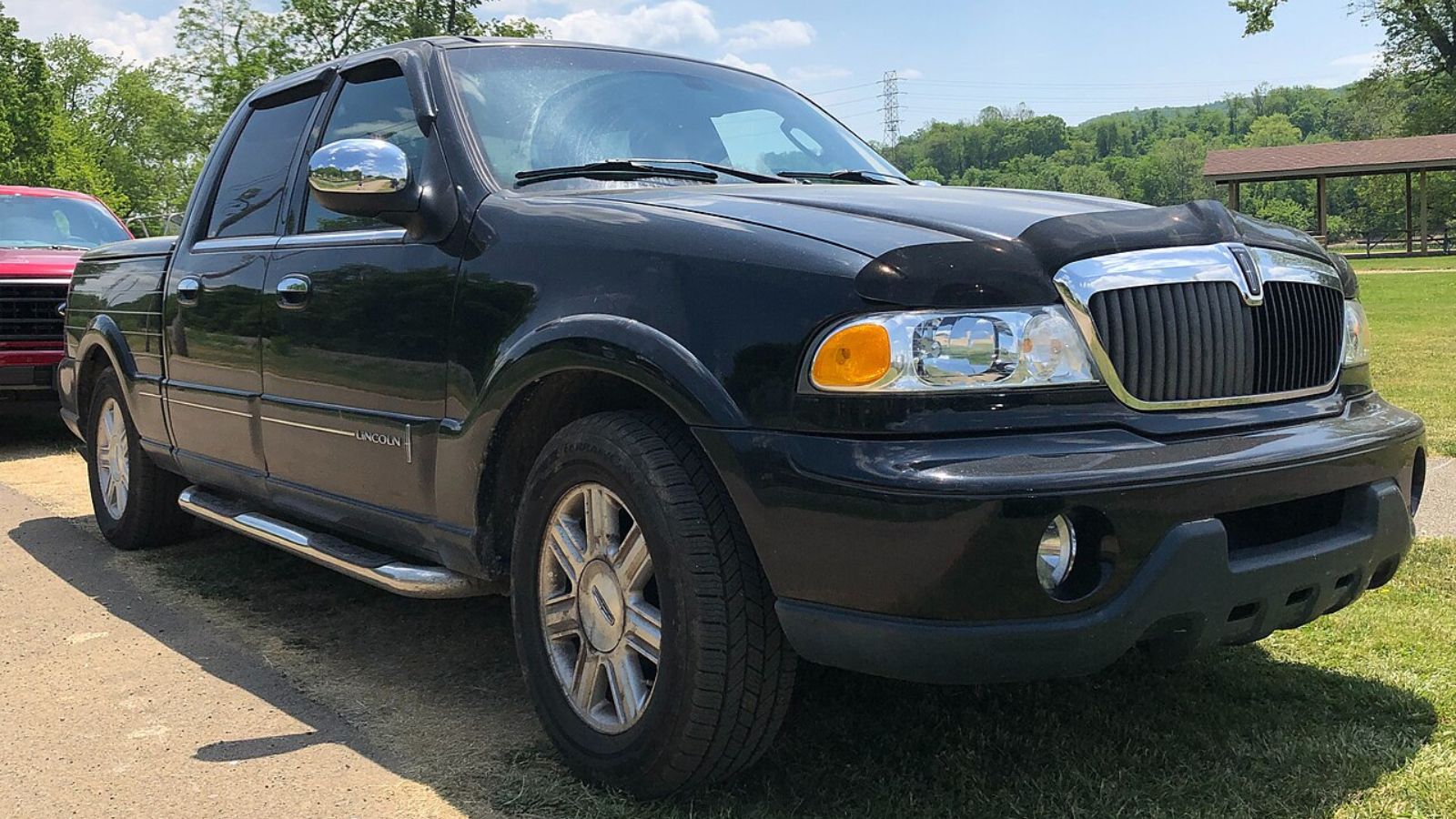
Few trucks are as infamous as the Lincoln Blackwood. Lincoln wanted to create a luxury pickup and priced it at more than fifty thousand dollars when it arrived in showrooms. It came with a plush leather interior, powerful V8 engine, and an exterior covered in black wood grain trim. The problem was the bed, which was carpeted, covered, and essentially useless for hauling anything. Truck buyers did not want a pickup that could not carry loads, and luxury buyers were not convinced either. Only a few thousand were sold before Lincoln pulled the plug after just one model year. The Blackwood is remembered as one of the most misguided attempts at redefining what a truck should be.
Subaru Baja (2003 to 2006)
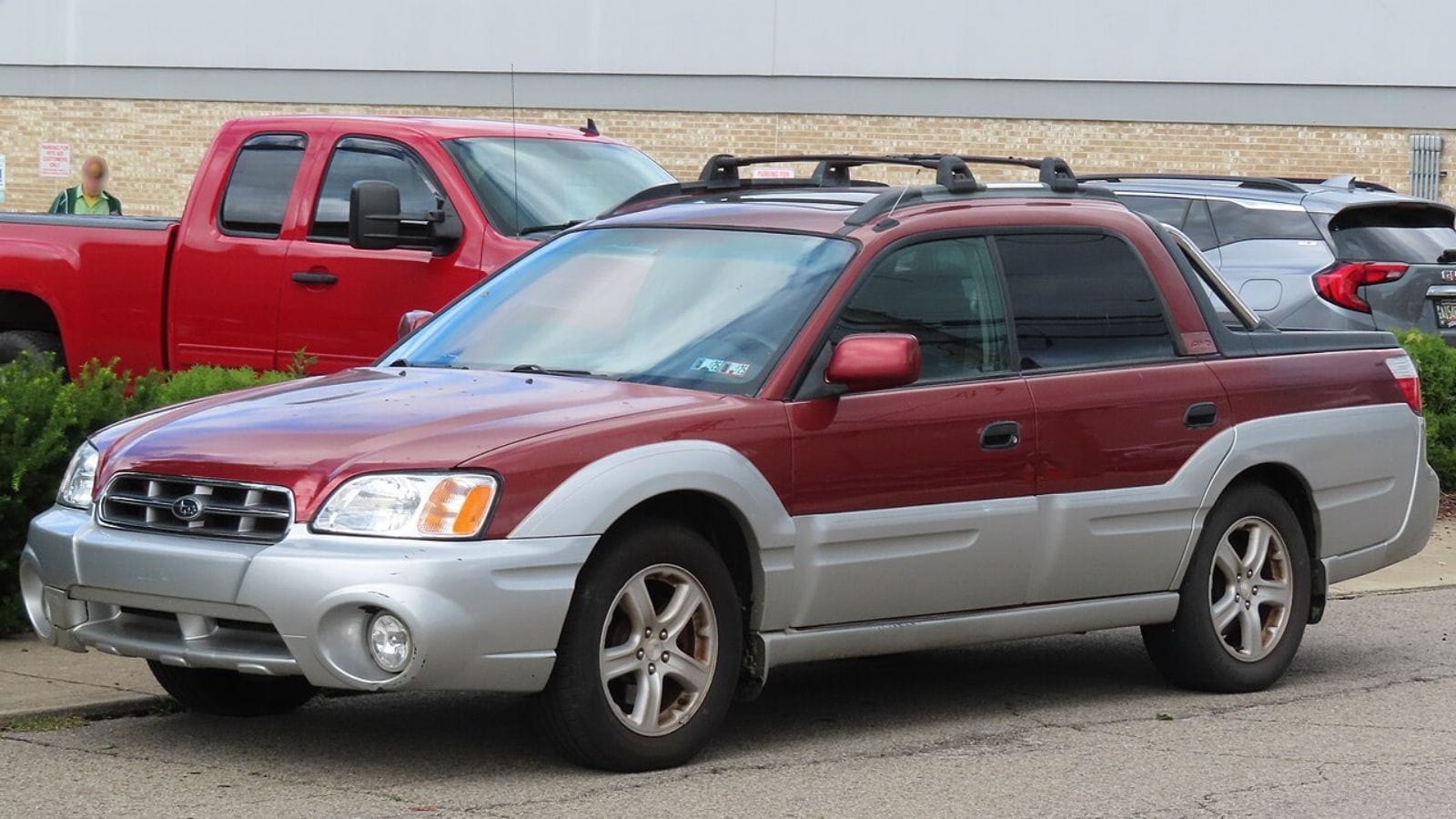
Subaru has built its reputation on quirky vehicles, but the Baja was a step too far. It was essentially an Outback wagon with a small pickup bed tacked on. That bed was too shallow and too short to carry much, and the Baja lacked the towing capacity to compete with real trucks. The styling was polarizing to say the least, and while it had Subaru’s all wheel drive system, it appealed to a very narrow group of buyers. New, it was priced higher than many compact pickups that were far more capable. While it has found a small cult following today, the Baja was a sales flop and a reminder that utility has to come first in a truck.
Chevrolet Colorado (2004 to 2012 first generation)

The Colorado was supposed to replace the aging S10 and revive Chevy’s midsize truck lineup. Instead, the first generation Colorado fell flat. It came with underpowered five cylinder and four cylinder engines that struggled under load, interiors that felt cheap, and reliability problems that frustrated owners. Timing chain failures, transmission issues, and poor fit and finish were common complaints. While its starting price around fifteen thousand dollars made it appealing at first, buyers often regretted the purchase once the repairs started piling up. Later generations turned things around, but the first Colorado remains a black eye for Chevrolet.
GMC Envoy XUV (2004 to 2005)
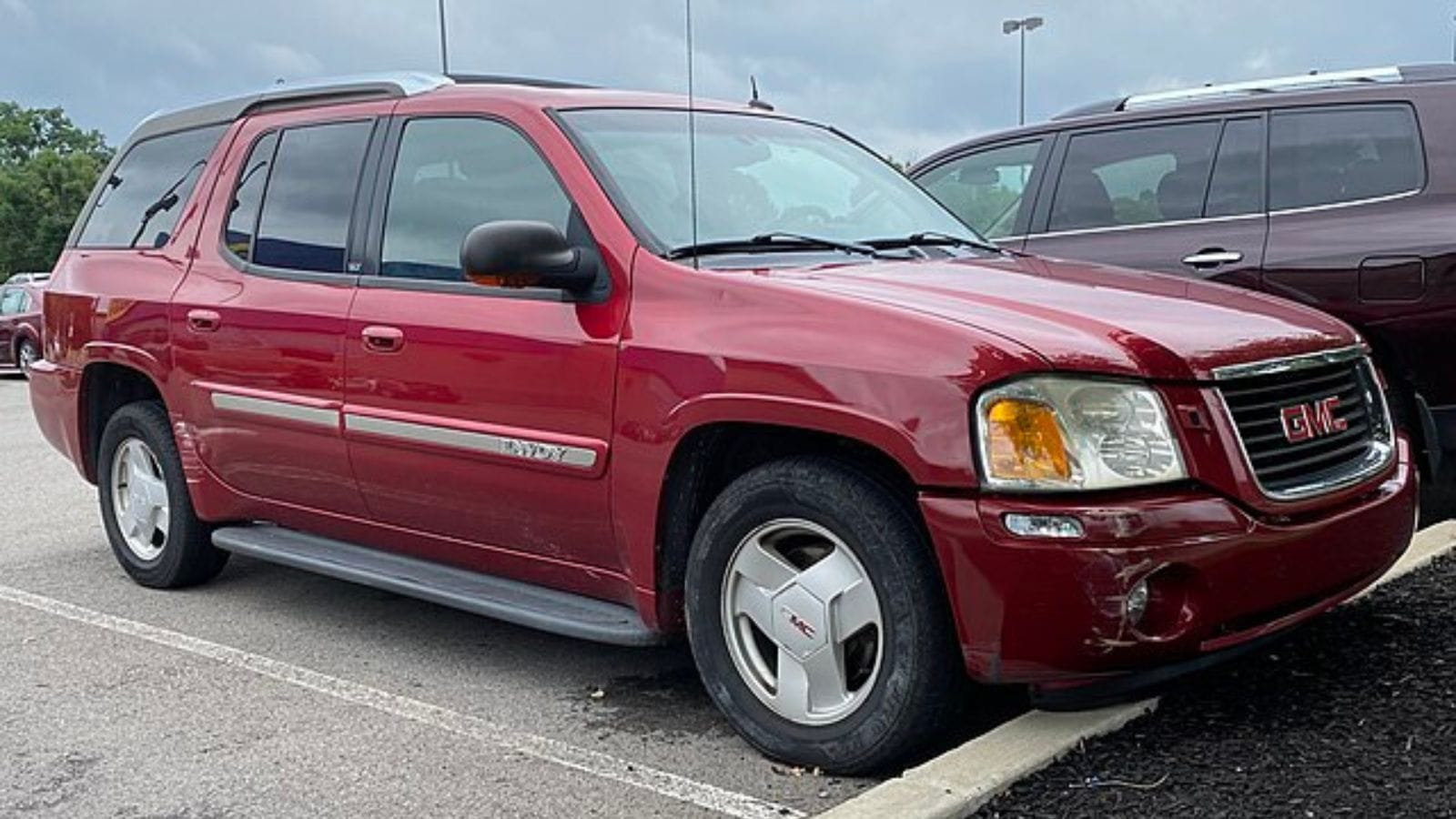
The GMC Envoy XUV was marketed as the ultimate crossover between an SUV and a truck. It featured a retractable roof over the cargo area, allowing tall items to fit in the back. The idea was innovative, but the execution was flawed. The mechanism was heavy, complicated, and prone to malfunction. The vehicle itself was ungainly, too heavy for its engines, and neither a good SUV nor a good truck. At more than thirty thousand dollars new, it was overpriced and underdelivered. Sales were abysmal, and the model was killed after only two years. The Envoy XUV has since become a symbol of over engineering without practicality.
Ford Courier (1972 to 1982 US market)
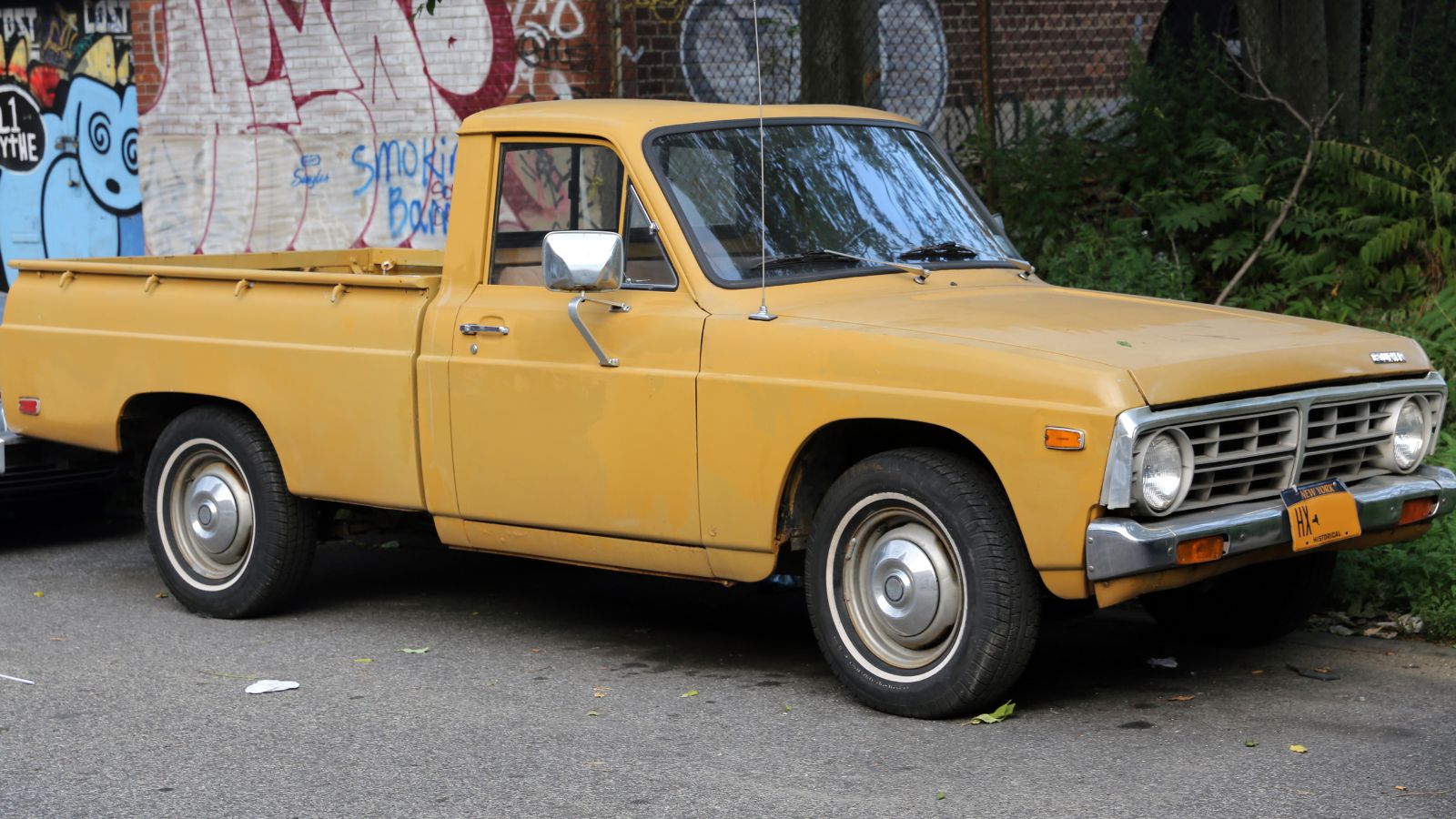
The Ford Courier was built by Mazda and rebadged for Ford in an attempt to compete in the compact truck market. Unfortunately, it arrived just as Toyota and Datsun were proving how good small pickups could be. The Courier’s engines were weak, rust was a constant issue, and it lacked the refinement of its Japanese rivals. Priced low to attract budget minded buyers, it did sell in decent numbers, but it never earned much respect. In the end, the Courier was remembered more as a stopgap measure than a serious contender in the compact truck wars.
Dodge Ram 3500 (1999 to 2003 with automatic transmission)
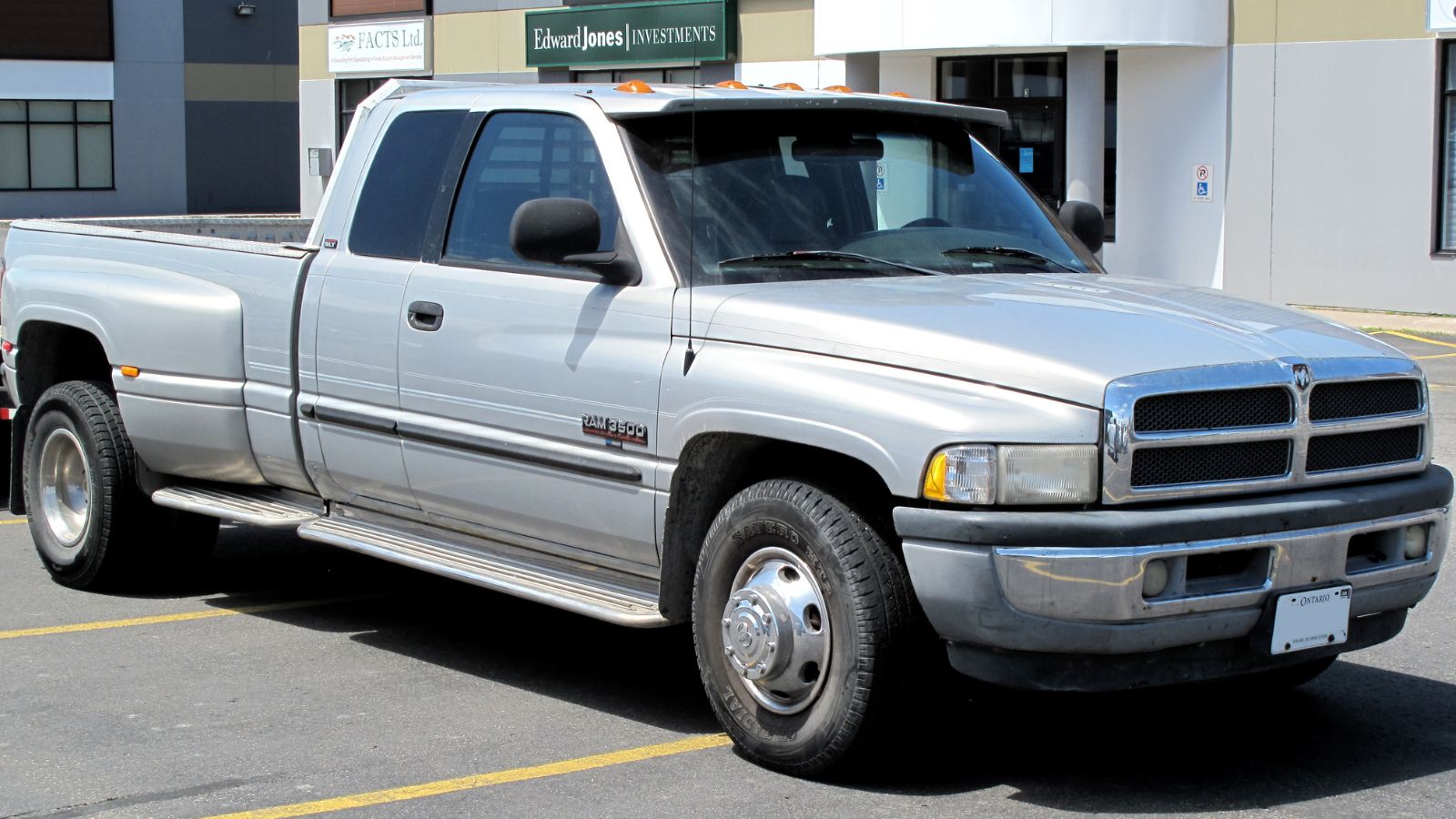
The Dodge Ram of this era came with the legendary 5.9 liter Cummins diesel, an engine that could last forever. Unfortunately, it was paired with automatic transmissions that could not handle the torque. Owners who used their trucks for towing quickly discovered that the transmissions failed early and often, sometimes before one hundred thousand miles. A heavy duty truck that could not reliably tow was a contradiction, and repair bills ran into thousands of dollars. While the engine earned lasting respect, this particular pairing of Cummins power with a weak transmission has gone down as one of the worst choices in truck history.
Hummer H2 SUT (2005 to 2009)
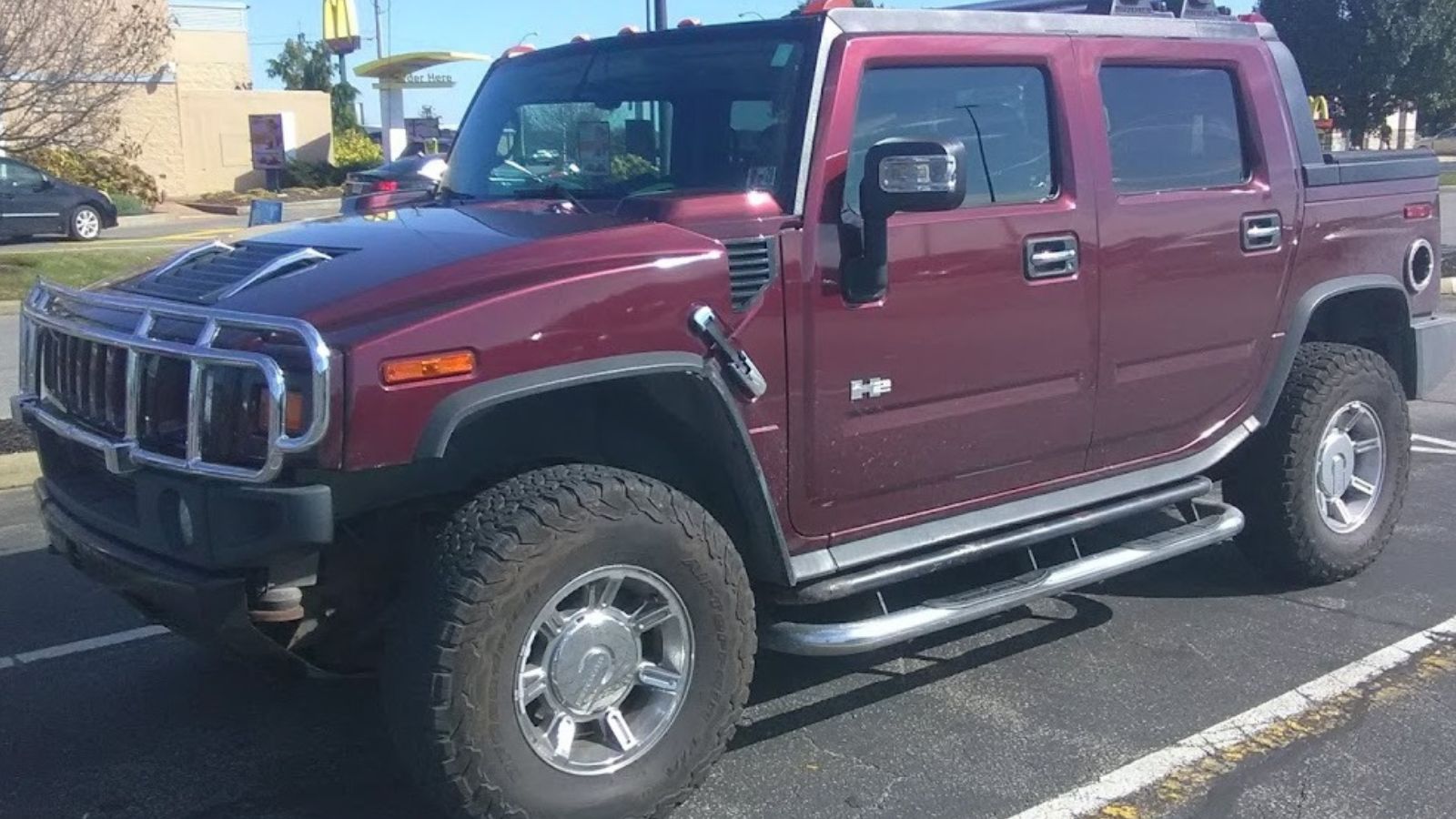
The Hummer H2 SUT looked like the ultimate statement truck. It was massive, imposing, and styled to turn heads. The problem was that it was all show and very little go. The bed was tiny and practically useless for hauling, the weight of the vehicle made it clumsy, and the fuel economy was dismal at less than ten miles per gallon in some cases. Starting prices of more than fifty thousand dollars pushed it into luxury territory, but owners found themselves with a flashy vehicle that lacked real capability. The H2 SUT became a symbol of excess rather than practicality, and it is remembered today as one of the least useful trucks ever sold.
The Breaking Point
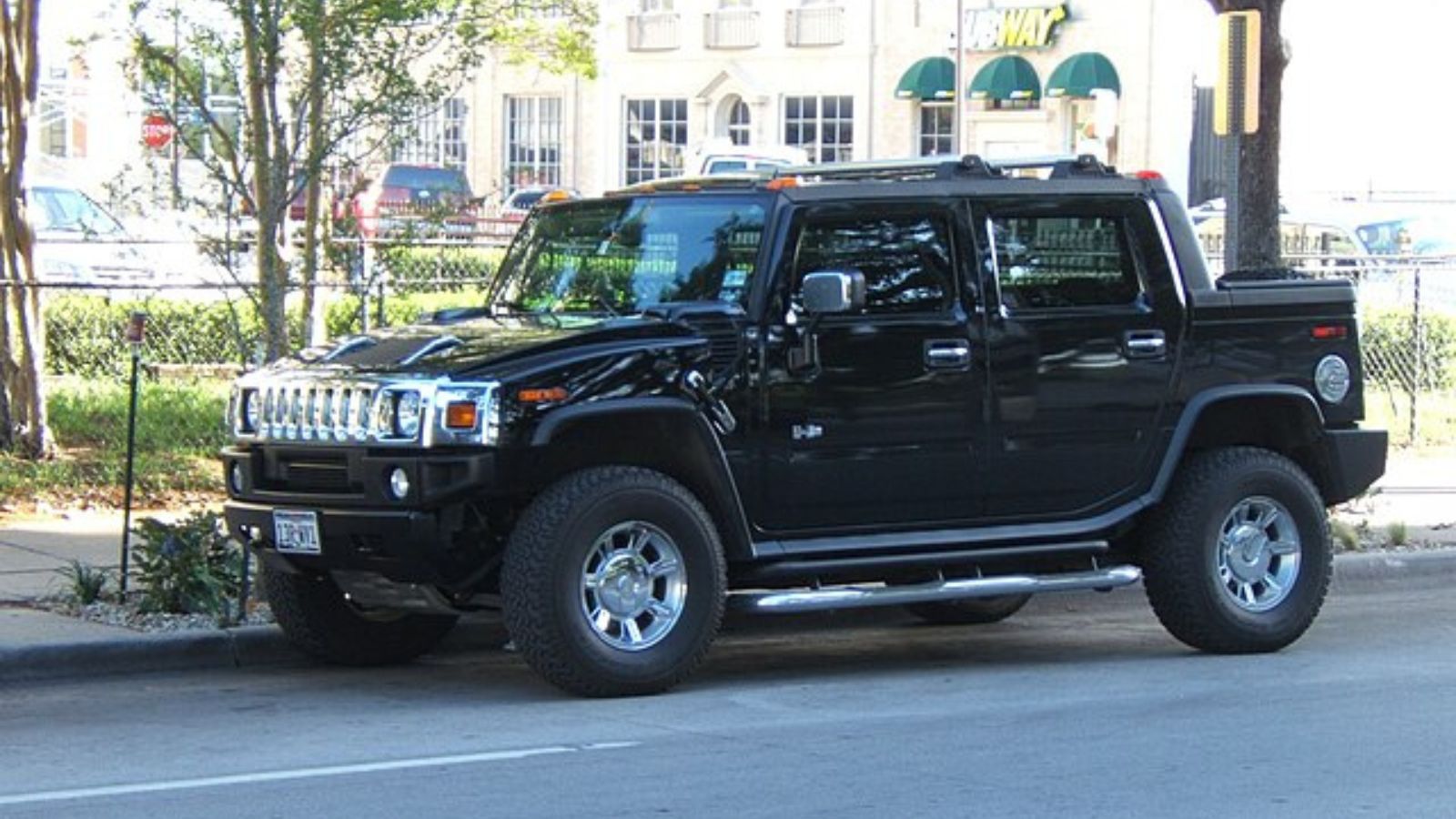
Trucks are supposed to represent durability, strength, and versatility, but these ten models failed to live up to that promise. Some were too over engineered to be practical, others were plagued with reliability issues, and a few simply misunderstood what truck buyers really wanted. While they each have their place in history, they also serve as reminders that not every pickup can claim the title of workhorse. For enthusiasts and collectors, they stand as fascinating but flawed experiments in the ever evolving truck market.
25 Facts About Car Loans That Most Drivers Don’t Realize

Car loans are one of the most common ways people fund car purchases. Like any other kind of loan, car loans can have certain features that can be regarded as an advantage or a disadvantage to the borrower. Understanding all essential facts about car loans and how they work to ensure that you get the best deal for your financial situation is essential. Here are 25 shocking facts about car loans that most drivers don’t realize:
25 Facts About Car Loans That Most Drivers Don’t Realize
